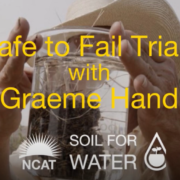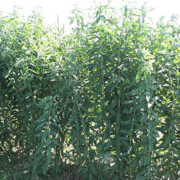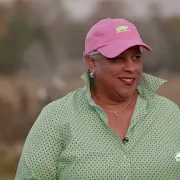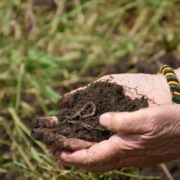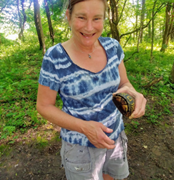Shamoka Run Farm: A Soil for Water Case Study
Augusta County, Virginia
Shamoka Run Farm is a modest family farm in northern August County, operated by Leo and Judy Tammi. Leo grew up in Delaware on a small, diversified farm with a few milk cows, hogs, sheep, and poultry.
Leo and Judy moved to the Shenandoah Valley region in 1981. Leo learned very early to farm with nature and what the land is best suited to. Shamoka Run Farm is a sheep and lamb farm that includes about 240 acres of hay and pasture, along with 60 additional acres of rented land. Leo was a founder of the early Virginia Lamb Cooperative, is an active member of the Virginia Forage and Grassland Council and has worked with the USDA Natural Resources Conservation Services and Headwaters Soil and Water Conservation District on a variety of best management practices like riparian buffers, bird and pollinator habitat, and native grass plantings.
Leo shares several epiphanies and observations on rotational grazing, resiliency, aesthetics, marketing, and wildlife habitat, as well as the need to educate people about the complexity of farming and the services farming and good land productivity provides to the broader community. Leo reminds us that regenerative and soil health-building principles must be internalized, require inquisitiveness, energy, resilience, and continual observation.
This project material is based upon work that is funded and supported by the National Institute of Food and Agriculture, U.S. Department of Agriculture, under award number 2020-38640-31521 through the Southern Sustainable Agriculture Research and Education (SSARE) program under subaward number LS21-345. USDA is an equal opportunity employer and service provider. Any opinions, findings, conclusions, or recommendations expressed in this publication are those of the author(s) and do not necessarily reflect the view of the U.S. Department of Agriculture.

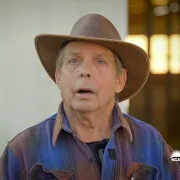

 CanvaPro
CanvaPro